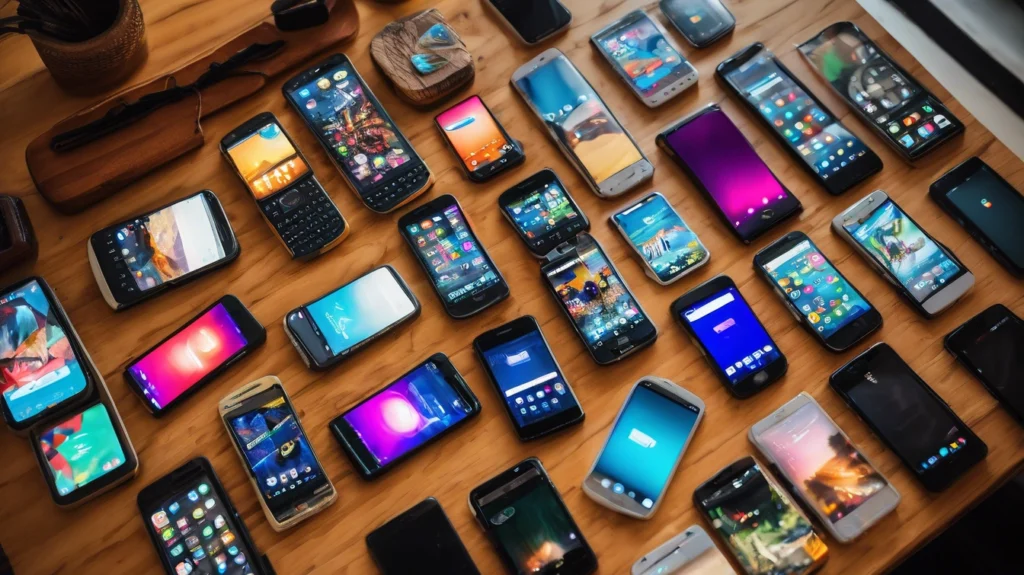Choosing a smartphone in 2025 can be overwhelming, especially with hundreds of models on the market. Whether you’re a student on a budget, a content creator, or just need a solid phone for everyday tasks, this phone buying guide will help you make an informed decision.

Budgeting – Set Your Price Range
Before diving into phone specs, set a clear budget. This is the first step in narrowing down your choices.
Top Buying Tips by Budget:
Under $200: Basic smartphones for calls, messaging, and light apps. Great for students.
$200–$400: Good balance of performance and features (budget mid-range).
$400–$700: Mid-range phones with excellent cameras, display, and battery.
$700+: Flagship models with premium build, high refresh rate screens, advanced camera setups.
📌 Pro Tip: Always consider long-term value—don’t just go for the cheapest phone. Look for performance that can last 2–3 years.
Specs Guide – What Really Matters
Understanding phone specs is critical to making the right purchase. Here’s a breakdown of key features that should influence your decision.
Operating System (OS)
Android: More affordable, highly customizable, available in many brands (Samsung, Xiaomi, etc.).
iOS (Apple): Premium experience, great for ecosystem lovers (Mac, iPad, AirPods), but more expensive.
👉 Choose the OS you’re comfortable with or already invested in.
Battery Life
Look for: At least 4000mAh for moderate use, 5000mAh+ for power users.
Charging speed: 18W and above is considered fast charging.
A phone is useless if it dies by midday. Battery is a critical factor especially for students and travelers.
Camera
Megapixels don’t matter alone – sensor quality, software processing, and stabilization do.
For casual users: Dual camera setup (main + ultra-wide) is sufficient.
For creators: Look for OIS (optical image stabilization), 4K video, night mode, and RAW support.
Performance (Processor & RAM)
Basic users: Snapdragon 6-series, MediaTek Helio or Dimensity 600 series
Gamers & heavy users: Snapdragon 7/8 series, Dimensity 8000+
RAM: Minimum 4GB for casual use, 6–8GB for multitasking, 12GB+ for power users
Display Quality
Types: IPS LCD (basic), AMOLED (better colors & contrast), OLED (premium)
Refresh Rate: 90Hz or 120Hz is smoother, especially for gaming or scrolling
Size: 6.1″–6.7″ is the sweet spot for most users
Storage & Expandability
64GB is entry-level, 128GB is ideal for most users, 256GB+ for media-heavy users.
SD card slot: Still important for users who prefer offline storage.
Use Case – Choose Based on Your Needs
| Use Case | Recommended Specs |
|---|---|
| Students | 4GB RAM, 64–128GB, 4000mAh+, affordable brand |
| Gamers | 8GB RAM, AMOLED 120Hz, Snapdragon 7/8 series |
| Photographers | High MP + OIS + Night Mode, large internal storage |
| Business Users | Long battery life, secure OS, good call quality |
| Travelers | Dual SIM, strong battery, fast charging, rugged build |
Conclusion: Get the Right Phone for You
Buying a phone isn’t just about specs—it’s about finding the right match for your lifestyle and budget. Whether you need it for studying, gaming, content creation, or staying connected with family, this phone buying guide ensures you make a smart investment in 2025.
